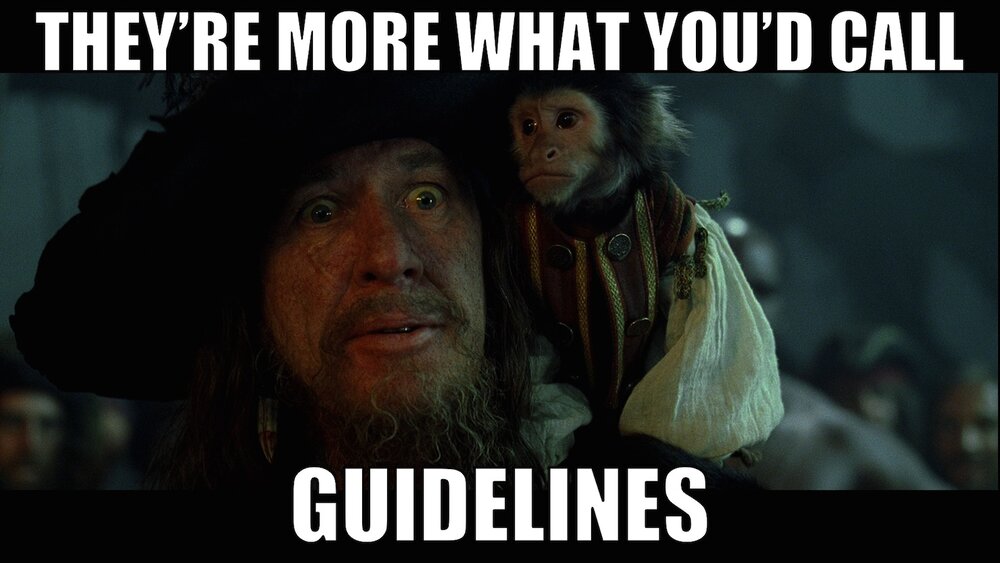
This article was originally published as a series on The PX Hub, my personal blog specializing in content on Player Experience in game development. Find insights, best practices and handy tips to help you ensure your players stay happy and engaged.
Nothing breaks an immersive game experience like needing to reach out for help. A poor Player Support experience will make it worse. Over the years Player Support (PS) has become an increasingly important aspect of the Player Experience for many game studios.
Throughout my career, I have however come across many misconceptions on PS. While seemingly minor, they can have a long-term impact on the total Player Experience, which affects retention and revenue. But they also have a direct impact on the efficiency of your Player Support operations.
Here is my pick of 12 persistent and harmful Player Support misconceptions that will hurt the Player Experience.
1) Anyone can be a Player Support specialist/lead
Many companies hire people to player-facing positions without the right experience, attitude or skills. This often stems from lack of preparation, budget & time-pressure or simply even lack of awareness on the role or the specialist skills required to interact with players. Experienced PS specialists and leads are also very rare as the majority of them eagerly switch career path completely after only a few years on the job.

Underestimating the importance of hiring the right people can eventually lead to bigger challenges as a company tries to expand, scale operations, or even change CRM tools or service providers. These are exercises that cost a company precious time and resources, which are of course rather avoided. But it can even surface in very basic player-facing communication, which will impair the Player Experience when it is most needed. Hire smart, hire the best fit, hire for long term benefit.
2) Service in English is sufficient
Not everyone who plays games is proficient in English. The top 10 most profitable markets for mobile games generate 50–80% of the total market revenue and require localization in a total of 15 languages for maximum effect. While game terminology usually translates well, interpreting words and game concepts in a non-proficient language is still very different from actual communication.
Localizing User Acquisition assets often sets the expectation that companies are committed to delivering a fully local experience. For some markets, this is a very sensitive topic with a severe impact on the local Player Experience, service satisfaction and potential revenue. On the other hand, providing service in every possible language is not feasible. Pick the right battles and chose the languages to support strategically, or end up leaving a lot of potential revenue on the table.
3) AI will (soon) replace humans in Player Support
Sometimes studios have reservations on hiring Player Support specialists, because “the future…”. Automation will probably replace a lot of jobs. It’s not just in the support profession; anyone performing menial and automatable tasks is at risk. Many Player Support teams are already using automation, bots and conversational FAQs as the first point of contact filters. It’s a very effective way to save on resources while increasing service efficiency. It does however require specialists who understand the Player Experience and Player Support workflows to build and maintain.
Automation will however not be able to mimic skills in human interaction anytime soon. Detecting emotions, understanding context and subtext, knowing when to deviate from policies or guidelines, showing relatedness or compassion; those are currently out of reach for machines. Remember how chatbots were going to provide support like humans? Don’t hold your breath, allocate budget for tools and specialists.
4) Satisfied players = Loyal players
Player satisfaction can equate to loyalty, but human relationships are more complicated than that. While satisfaction might help overcome a negative experience in the short term, player loyalty is the sum of all experiences. Satisfied players will only retain if they don’t get a better experience somewhere else. The same applies to less satisfied players.
5) Opinions and reports are only valid in large numbers
At what point do you alert the team of negative feedback or reports of possible erroneous behaviour? Only 1 out of 26 unhappy customers complain. The rest churn. It is plausible to assume that players act as any other consumer, so best pay heed to this. Absence of feedback is not a sign of player satisfaction. Indifference kills business.
The exception to the rule are requests for assistance: f.e. retrieving a lost account, refund requests or misplaced purchased items — to name a few. The Contact Rate of these types of messages is usually much higher due to the perceived emotional and financial loss.
However, before raising the alarm over every single line of player feedback it is always a good idea to create guidelines for measuring severity, impact and recurrence of each report. 100 players reporting a spelling mistake is less severe and less impactful on the Player Experience than 5 players not being able to claim in-game rewards.

Photo by PhotoMIX Company from Pexels
Photo by PhotoMIX Company from Pexels
6) Make players happy by handing out free stuff
Sure, everyone likes getting things for free. But when it comes to Player Support messages, gifts and free in-game currency aren’t always the answer, however. Especially not when it doesn’t correct the issue reported accordingly. Ensuring the root of the problem has been resolved and the problem won’t occur again goes a long way and shows the feedback was taken to heart.
Players want to be heard and their distress understood; not sent off with a mere token of goodwill. At best it buys a short repose, but in the worst case makes players feel their concerns are brushed aside.
7) Improve the service by hiring
This is most likely one of the toughest misconceptions out there. Hiring more PS representatives will not improve the quality of service. Under no circumstance is it a substitute for training and educating PS specialists, or investing in automation, tools and workflows.
While hiring more specialists might affect the number of messages that can be handled in a given timeframe, it’s not a sustainable and scalable solution when facing (often temporarily) increased volume. Of course, if the workload for each PS specialist is utterly beyond capacity, increasing the workforce could provide enough leeway to start investing in service improvements.
8) Player Support is reactive
Being there when you are needed by your players is critical. You want to respond to questions and problems as they arise. However, there’s a lot to gain from anticipating clear Player Experience problems that may arise. By being proactive and taking the initiative, even communicating to your audience on these ahead of time, temporary volume generators that would normally stress your Player Support resources can be avoided. This not only allows your Player Support specialists to focus on any unexpected challenges, but it is a powerful display towards your audience that you genuinely care.
9) Player Support service quality is all about rules and policies
Many studios believe that having a strict set of policies for player interactions is enough to deliver a positive Player Experience. Which might make sense if your Player Support team would not need to deal with individual cases regularly. Blanket policies hardly work and can be a strenuous experience for the player. From the specialists’ perspective, they may feel deprived of the trust to use common sense or make judgement calls according to the context of the situation.
What is more helpful, however, is forming and following a business philosophy reflecting the core values of the studio and the brand you’re representing. Your best bet is to create a framework of principles and values within which you encourage autonomy and responsibility for each employee. Guidance is still needed, but rather than being controlled, your specialists will feel they’re in control of delivering high-quality service to your players.

10) Player Support requires virtually no (tech) resources
Email, specialists, scripts and policies; while each of these ingredients would have helped you respond to player messages in the early 2000s, it is by no means an efficient nor effective, or even scalable Player Support solution.
CRM software: Customer Relationship Management (CRM) tools allow you to receive, categorize and respond to player messages. Recent CRM software is often powered with automated features, workflow management, machine learning and analytics features to name a few. Many offer in-app support solutions (integration via SDK), which seems to be best suited for mobile game studios, and integrate with a variety of channels. Integration, new features and regular maintenance require technical expertise.
Administration portal: These allow Player Support specialists to manipulate or search for player profile data to solve a support request. Most of these are a visual representation of the profile data with a layer of functionalities added on top of it. They’ll allow your specialists to link accounts with identifiers, manipulate scores or in-game resources, reset player progress, etc. Technical expertise is continuously required as new game features often require new administrative functions. Under no circumstances do you want anyone needing to directly manipulate a raw JSON file. Ever!
Depending on your needs (and size/resources of the studio) there are a variety of additional “tools” you may want to look at to level up your Player Support. If you have in-game chat, ensure you have moderation software in place. Project or work management software is often desired for task and issue tracking. And if you want to prove the return of investment (ROI) of your Player Support department, get resources to integrate your PS data with Business Intelligence data. Investing in the right tools will positively affect the Player Experience.



































